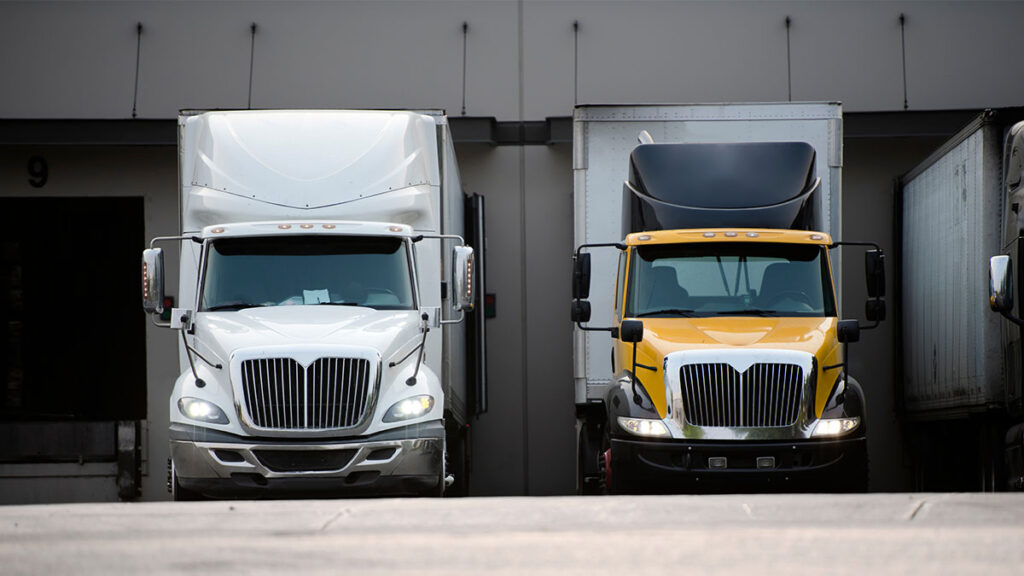
COVID-19 has made a tremendous impact around the globe, and the United States was certainly no exception. The less-than-truckload (LTL) sector in particular saw volumes drop to levels not experienced since the Great Depression. However, for the 25 largest carriers in the US, the total revenue decrease was a mere 2.7 percent for 2020. Compare that to a staggering drop of 23.8 percent during the Great Recession a little more than 10 years ago.
The intervening years of 2010 to 2018 saw a period of continual growth for the nation’s largest LTL carrier firms including a 10.7 percent growth spike year-over-year for 2018.
The LTL sector is growing in spite of the financial disruptions
So why is this important? While recessions and economic downturns come and go, if one was to look closely, they would see that the LTL sector is growing in spite of the financial disruptions, and has been for over a decade.
LTL Sector Homes In On Retail Market
Historically speaking, the LTL sector has been focused on industrial manufacturing, which represents 60 percent of the total trucking tonnage in the country according to data collected from the US Census Bureau. Given the slow recovery of the US industrial complex, many carriers were unable to achieve year-over-year gains.
The saving grace for the LTL industry has been the emergence of e-commerce.
The saving grace for the LTL industry has been the emergence of e-commerce, especially in the wake of the pandemic, as many house-bound consumers turned to sites like Amazon to fulfill all their shopping needs. As a result, LTL carriers have been picking up the “middle-mile” slack, hauling freight to end-of-the-line distribution and fulfillment centers.
“The middle-mile for the retail sector was a huge contributor to shipment and revenue growth for the industry,” said Satish Jindel, President of Transportation Research and Consulting firm SJ Consulting Group. “For those LTL carriers who have traditionally avoided retail customers, it may be time to re-evaluate that thinking and look beyond just handling shipments where their trucks can bump the [industrial loading] docks,” Jindel added.
The middle-mile, while good for both sustainability and growth of the LTL sector, isn’t without its own set of complications. More commonly, LTL carriers are delivering freight to big-box stores, shopping centers, and locations that lack even the simple convenience of a loading dock to receive freight. In some cases, LTL carriers are even moving into the last-mile phase by delivering large or bulky items directly to a customer’s home.
Jindel points out that LTL volumes are declining faster than LTL revenue, at 5.4 percent and 4.5 percent respectively, according to data from an SJ Consulting Group analysis.
“That’s an indication carriers are doing a better job of capturing price for the cubic attributes of their shipments, enabled by deployment of thousands of dimensioning machines,” Jindel said. The increase in e-commerce-related LTL freight and dimensional pricing “presents a great opportunity for the LTL industry to correct many of the ills of the past,” Jindel added, which includes many obsolete systems the industry has used for decades including but not limited to paper bills of lading, discounted rates, and outdated published tariffs.
A Promising Future
Overall, the LTL sector is faring well given the circumstances. While many industries are still feeling the sting of the first half of 2020, when the pandemic brought almost everything to a grinding halt, the LTL sector has recovered and will continue to grow in the future.
As the nature of the trucking industry tends to be a bumpy ride at the best of the times, the growth of the less-than-truckload sector in the United States indicates that carriers are flexible enough to handle any obstacles in the road ahead. This is incredibly important as it is unlikely that e-commerce growth is going to drop off at any point in the foreseeable future – due to the change in consumer buying behavior.
Even smaller carrier operations are finding their own niches in the market, handling local fulfillment while their larger counterparts eat up the middle-miles. All in all, the pandemic has brought about a restructuring of the supply chain for many businesses, and carriers are responding in kind, ready to carry the load.


